Will the killing stop before it is too late?
Warning: This journal contains disturbing imagery and narrative.
In the past 3 years I have traveled to the corners of the planet, to some of the most remote and inaccessible coastal regions, to document the unchecked and often secret slaughter of one of the most graceful, charismatic, gentle and vulnerable of marine species…the Manta Ray. Several years ago I teamed up with my good friend and uncompromising conservation photographer Paul Hilton, to expose this senseless destruction and to try to put an end to it.
This mission took us on an unforgettable journey, one that exposed us to constant danger, threat of violence, brutal conditions, exhaustion and incredible frustration. But what we were not prepared for was the extent and brutality of the manta fisheries, and how the shark fin trader network had become the driving force behind this exploitation. What we witnessed tore at our hearts, blackened our souls, and all but crushed what hope remained within us.
I cannot erase from my mind the images of the fisherman driving a barbed steel spearhead into the back of a fleeing giant manta ray, followed by the hour of struggle as the terribly wounded creature fought for it’s life…twisting and rolling in anguish, helplessly pulling against a thick rope held taught in the muscular arms of experienced fishermen. And then, that moment, when the exhausted manta ray was pulled up along side the boat and our eyes connected. In that instant when I looked into its deep dark eye, I saw desperation, fear and confusion…the look of an innocent small child that has suffered a traumatic injury. The manta reached out to me as I had seen mantas do before underwater when I had interacted with them for hours on the vibrant reefs of Misool in Raja Ampat…but this time it was a desperate plea for help…and I was powerless to do anything. My heart raced and my mind spun. Next the fishermen sliced a hole in the head of the struggling manta using the sharp blade of long butcher knife. I struggled to control my emotions as this grizzly scene unfolded; but what happened next pushed me to the edge. The fisherman grabbed a rusty iron rod, and leaning over the edge of the boat, plunged the rod into the brain of the manta. Every muscle in the manta’s body instantly spasmed, then slowly relaxed. With my face just one meter from the mantas eye, I watched as the final breath of life drained from its limp body…and in that final moment I saw a look of forgiveness and sorrow, sorrow for the senseless waste, the barbaric and brutal actions of humans, and the loss of yet another member of this vanishing species of gentle giants.
My breath escaped me. I was screaming yet no sounds were heard. My soul wept yet no tears fell to the water. Using all my willpower, I fought back my emotions, my feelings of intense rage and sorrow, and buried them in a dark conner of my soul, a place I call the Dark Room. For in this remote community of ritual hunters, to reveal even the slightest contempt for this hunt was to potentially place my life and that of my teammates in jeopardy. So I forced a smile and turned away as the hunt continued. It took 5 strong men to pull the 5 meter manta on board . They then sliced its wings off and stacked the bloody carcass in the boat. As we motored back to the village, a fleet of diesel powered boats streamed past us and out to sea. Word had spread quickly over the cell phone network that a family of mantas had arrived. Armed with sharpened steel spearheads, these hunters were determined to speer and kill every manta they could.
When we neared the shoreline, the massive body parts of the manta were dumped into the shallows and dragged ashore. There, a cheering mob towed them onto the beach and began chopping with machetes. The gills were cut out first, carefully cleaned and placed in bags and buckets. Select portions of meat were cut into strips, tied into rings and hung on bamboo racks to dry in the sun. The rest of the manta, including its head, was discarded in the waves washing on the beach.
We stood on the beach in heat of the afternoon sun, praying that the rest of the manta family had escaped this cruel fate…but that was not to be. A boat pulled into the bay with the bodies of two giant mantas draped across the haul. These too were dumped into the water and dragged ashore, The crowed cheered and the energy intensified as they set upon the dead mantas with knives. More boats appeared and more mantas were pulled to the beach to be butchered. The beach sand was saturated with blood as the bodies of 15 giant mantas were cut to pieces. And when we thought the situation could not get any worse, it turned into a nightmare. We watched as an unborn baby manta only 1 meter in width was cut from the womb of it’s lifeless mother, a giant and ancient female over 6 meters across. The children of the village tossed the baby around like a play toy, cheering and jostling in excitement. When they were done, they dumped it on the beach where it was consumed by the waves. We had seen enough!
What was once a small-scale, opportunistic artisanal hunt had transformed into an all-out commercial fishery intent on capturing every last manta ray. And why? For their gills. We followed the buckets of gills as they were carried up to a traders house. Here they were weighted then laid out on concrete to dry in the sun. We learned that the gills from a manta ray earn these traders USD100 per kilo. A medium manta ray can produce 5 kilos of dried gills and a large manta ray, 7 kilos…up to USD700 for a single manta ray. That is a LOT of money in a remote fishing village. On the other hand, the meat was sold locally for less than USD 40. A decade ago, Chinese shark fin traders had established trade relations with this community, helping supply diesel engines and gear to increase their manta landings.
The gills are transported through traditional shark fin trade routes to China, Singapore and Hong Kong. But why are certain Asian communities so interested in Gills? It turns out that shark fin traders, in a move to offset diminishing profits due to scarcity of large shark fins because of overexploitation, had revived an relatively obscure, psuedo-medicinal coastal remedy call Peng Yu Sai. Peng Yu Sai is a soup consisting of boiled manta gills, seahorses and pipefish that is prescribed to treat fevers, chickenpox, and heat in the body. I call this “endangered species soup”. The traders then began marketing this remedy as Traditional Chinese Medicine (TCM) and a niche industry was born. It is worth noting that our interviews with TCM practitioners revealed that Peng Yu Sai was in fact not considered a part of TCM.
It was immediately apparent that the situation was out of control and needed serious attention. WildAid and Shark Savers joined as founding partners of our new project called Manta Ray of Hope. The project is a joint initiative that includes top field investigators and leading scientists and researches, all working together to further the conservation of manta and mobula rays. Mary O’Malley joined the team as project co-lead, adding one of the most committed, selfless, competent and effective forces in shark and ray conservation. Hannah Med also joined, adding critical research and writing skills to the team. Together we set out on a mission to expose the destruction of manta and mobula rays and put an end to the slaughter.
As a first step, we created a short documentary called Manta Ray of Hope that brought this issue to the attention of world, . But awareness is not enough, and we had to gather the hard facts needed to tackle fishers and trade regulations. Our next mission was to create the most comprehensive report ever completed on global state of manta and mobula rays. Over the course of 2 years, we conducted 10 primary studies on manta and mobula fisheries, markets, and tourism destinations. We also scoured every scientific paper, fishery study, government report and news article on manta and mobula ray from around the world. Our partners The Manta Trust, Marine Megafauna Foundation, Equilibrio Azul, Planeta Oceano, and others provided critical research, unpublished findings and guidance to help complete our study. Further, an impressive team of Advisors, comprising the leaders in manta and mobula research from around the world, reviewed, edited and signed off on the report. And lastly, our partners John Weller and Cassandra Brooks played an instrumental role in final drafting and preparation of the report. In January of 2012 WildAid and Shark Savers released the final report, Manta Ray of Hope – The Global Threat To Manta and Mobula Rays.
Since the release of the report, our team has focused on using the findings presented in the report to achieve true conservation outcomes. As a first step, our focus has been on securing international protection for manta rays. In November of 2011, we assisted the Ecuador delegation on their successful proposal to list Manta birostris (Oceanic Manta Ray) under the Convention on Migratory Species (CMS). Though an important first step, CMS is not a binding treaty and thereby nations are not obligated to abide by the treaty provisions.
The Convention on International Trade in Endangered Species (CITES), is the only international treaty established to protect endangered species that is considered binding on member nations. The body, now consisting of 176 member nations, generally meets once every 3 years to vote on species to be protected. The selection process is rigorous and highly political, and of the many deserving species, only a select few survive the process and achieve listing status. The next meeting will be held in Bangkok in March of 2013.
Today Ecuador continues to establish itself as global leader in the conservation of manta rays. Together with Brazil and Columbia, they submitted the official proposal for manta rays to be considered for Appendix II listing by the CITES Secretariat at the CoP16 meeting. Our team is delighted and honored to have contributed research and been involved the process, and it is our greatest hope that members nations of CITES will vote in favor of protecting manta rays!
Time is running out for manta rays. Long lived (50 years or more), slow to mature (8-10 years or more), and very slow to reproduce (1 pup every 2-3 years), manta rays are some of the most biologically vulnerable of any large marine species. A female manta may give birth to 16 pups over her entire lifetime, IF she is not slaughtered. To put that in perspective, the highly vulnerable great white shark can produce that many pups in a single litter. Yet manta rays are being hunted relentlessly across the globe, a slaughter fueled primarily by demand for their gills. At current rates, many manta populations will be lost within the next decade. The question is, will the wold take notices and will we ACT before it is too late? And finally, when I close my eyes at night, will the nightmares of the manta slaughter finally be put to rest?
Please support the work to protect manta and mobula rays:
Additional Media:


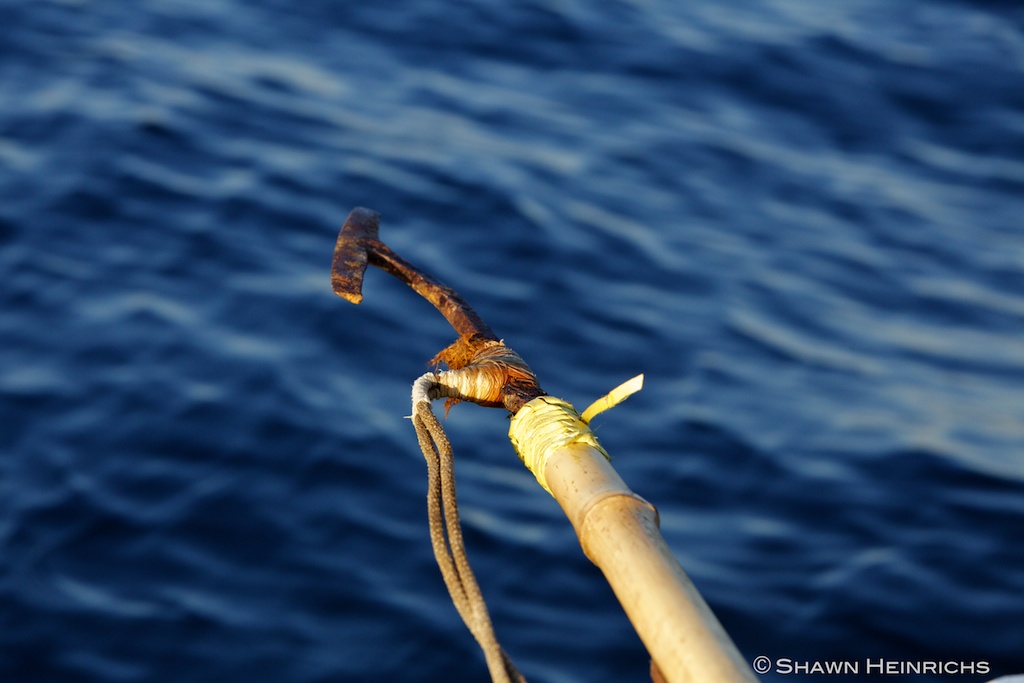
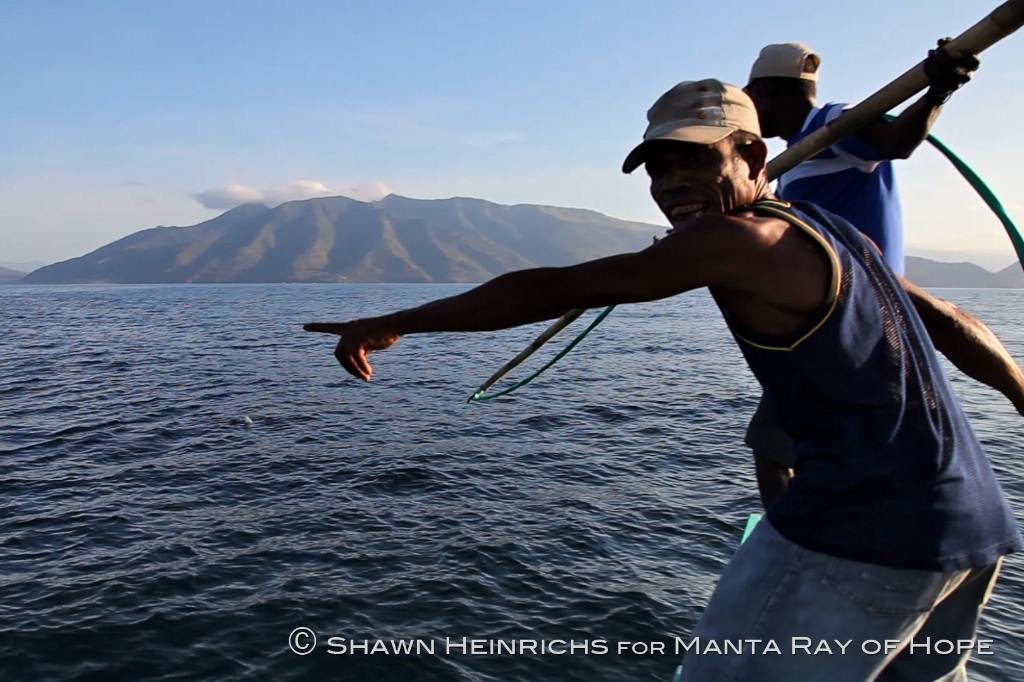
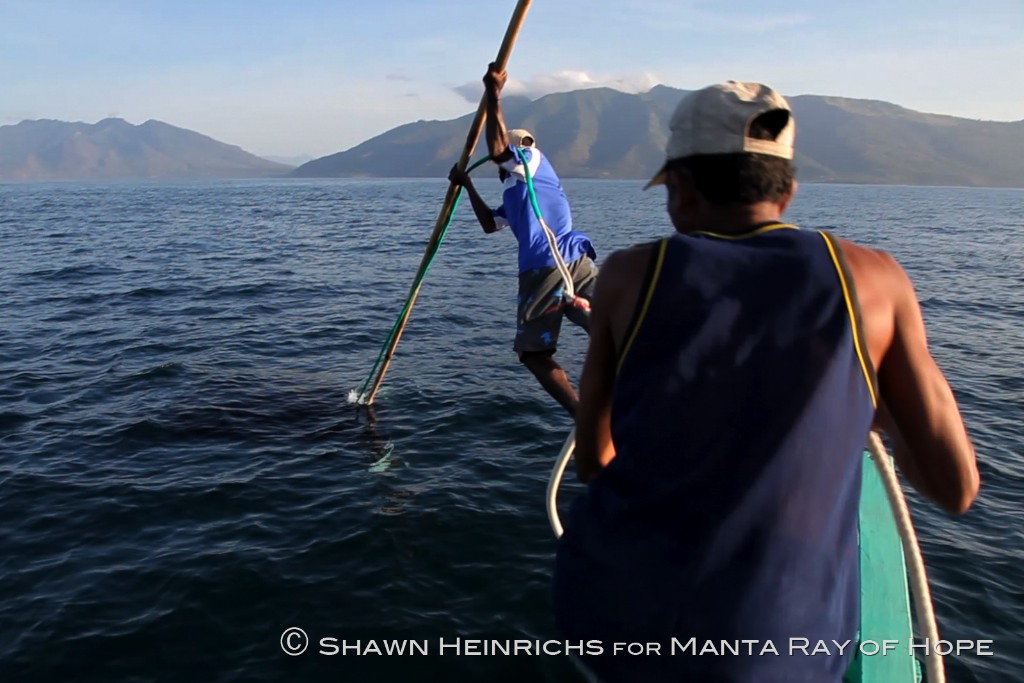
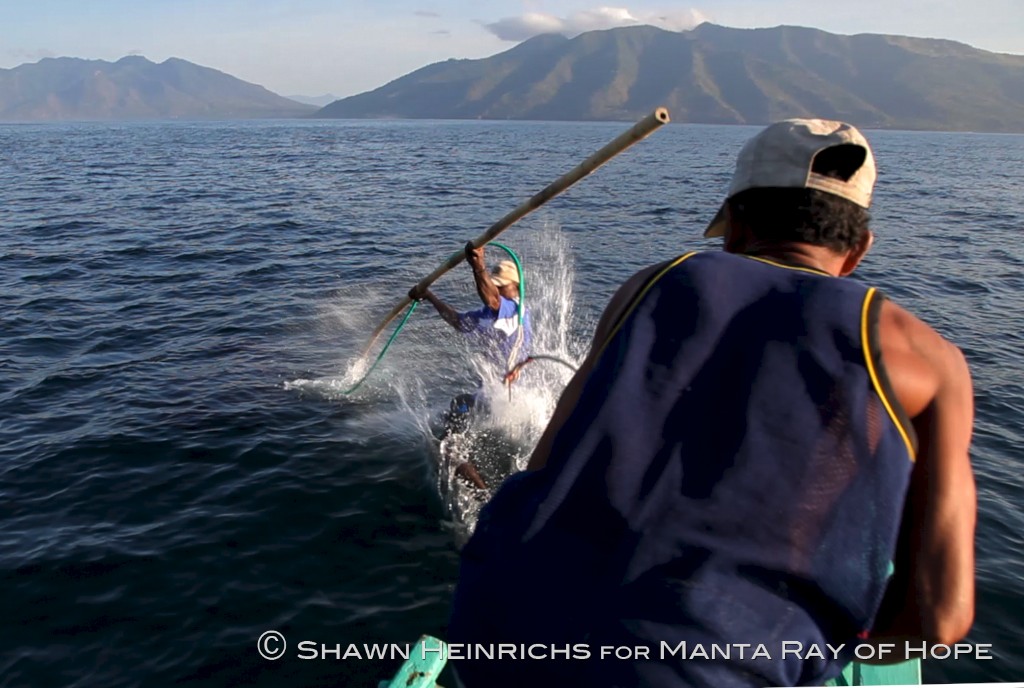
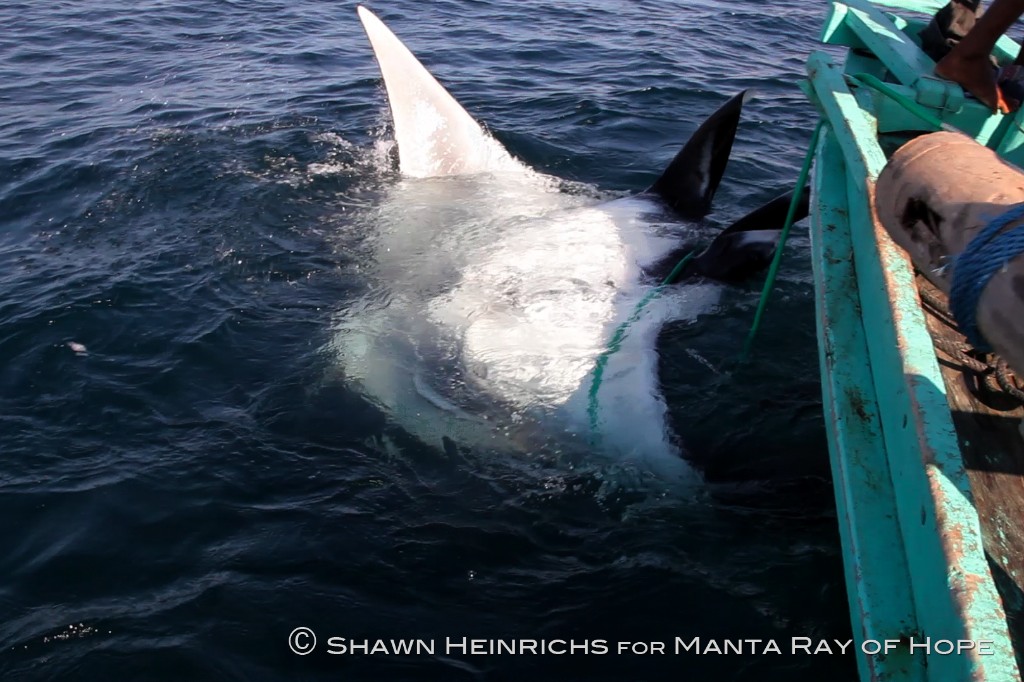
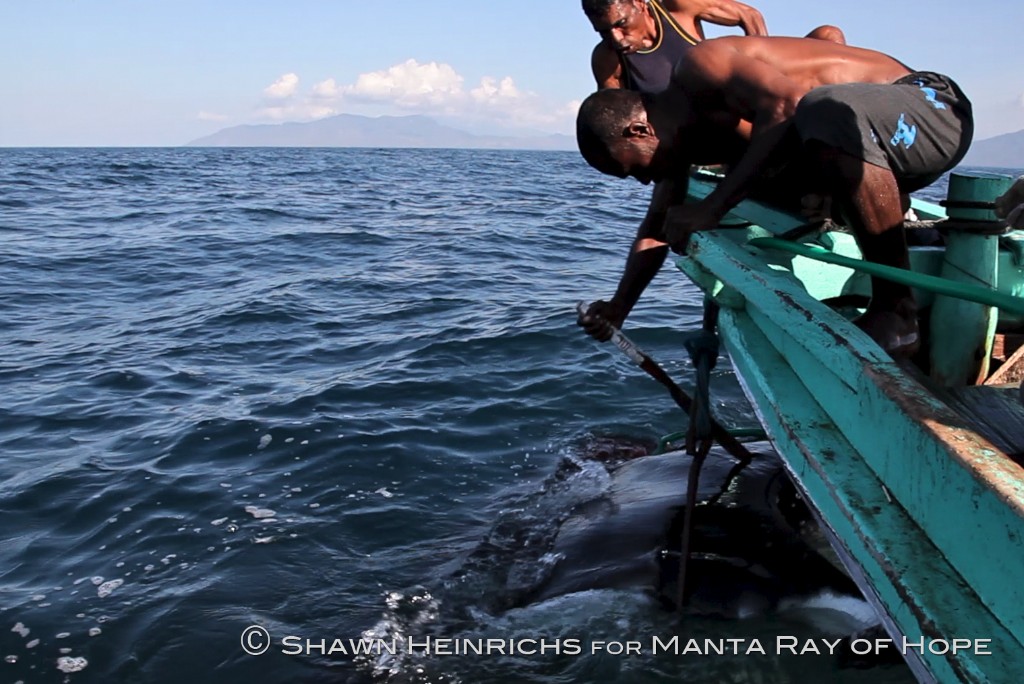
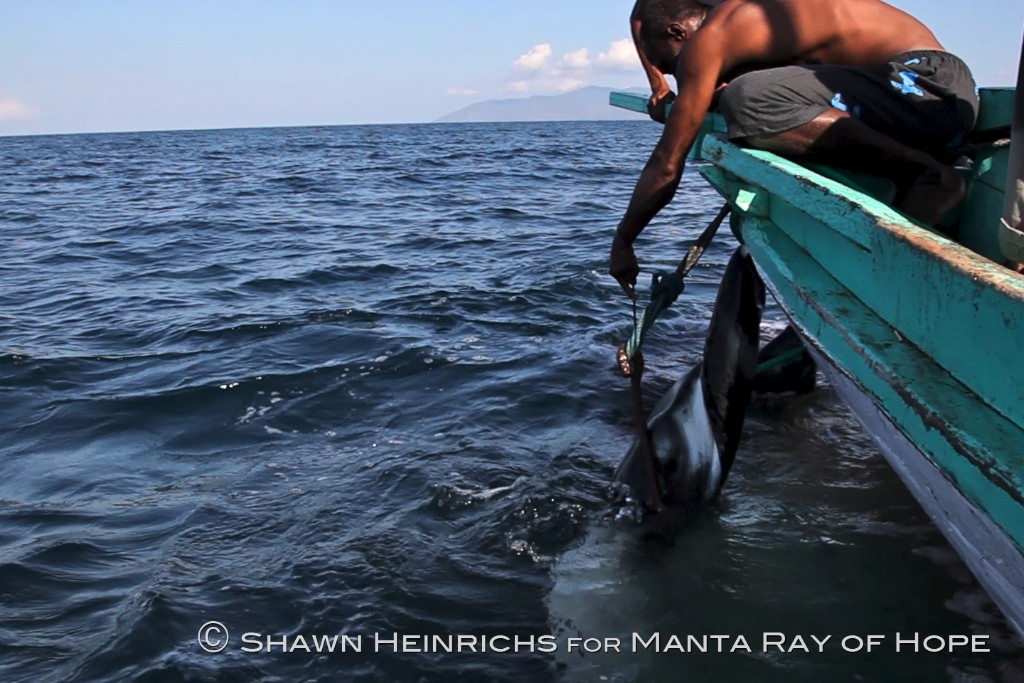
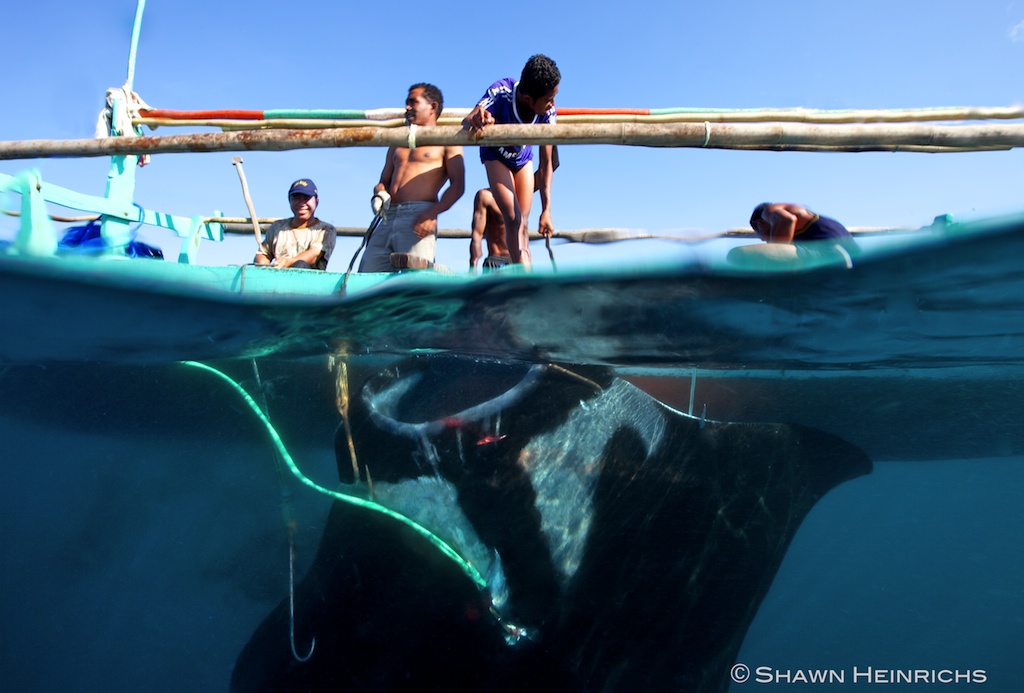
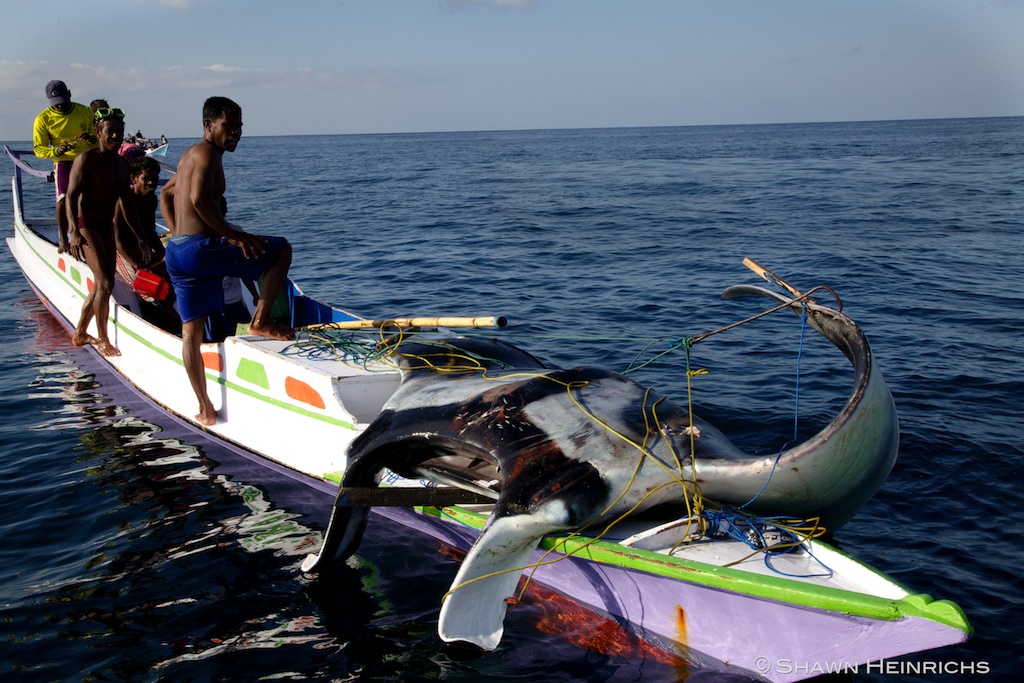
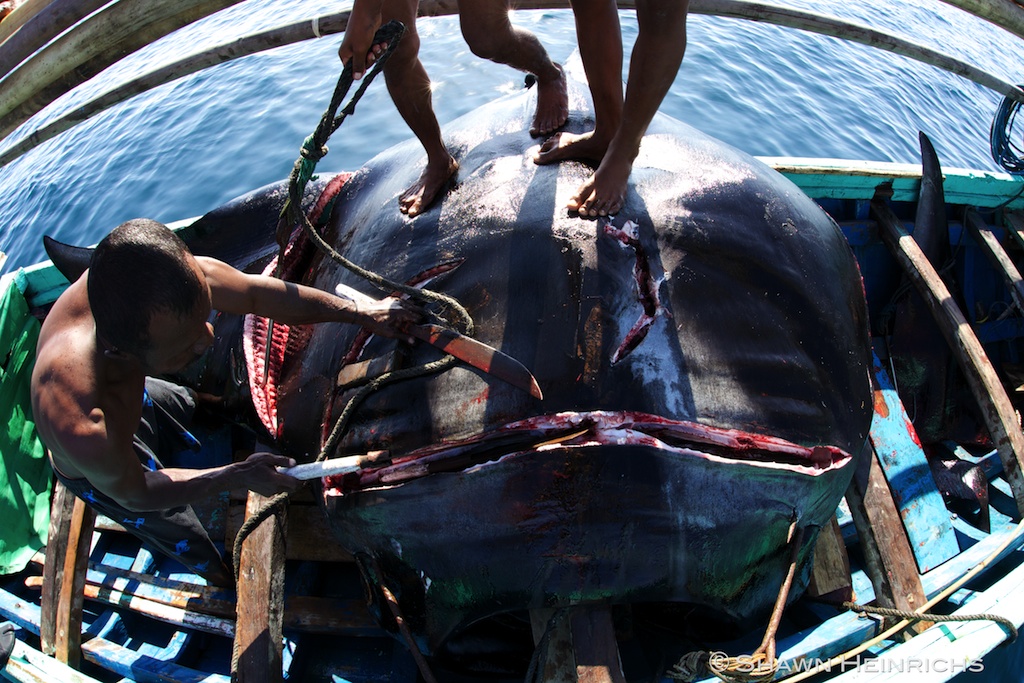
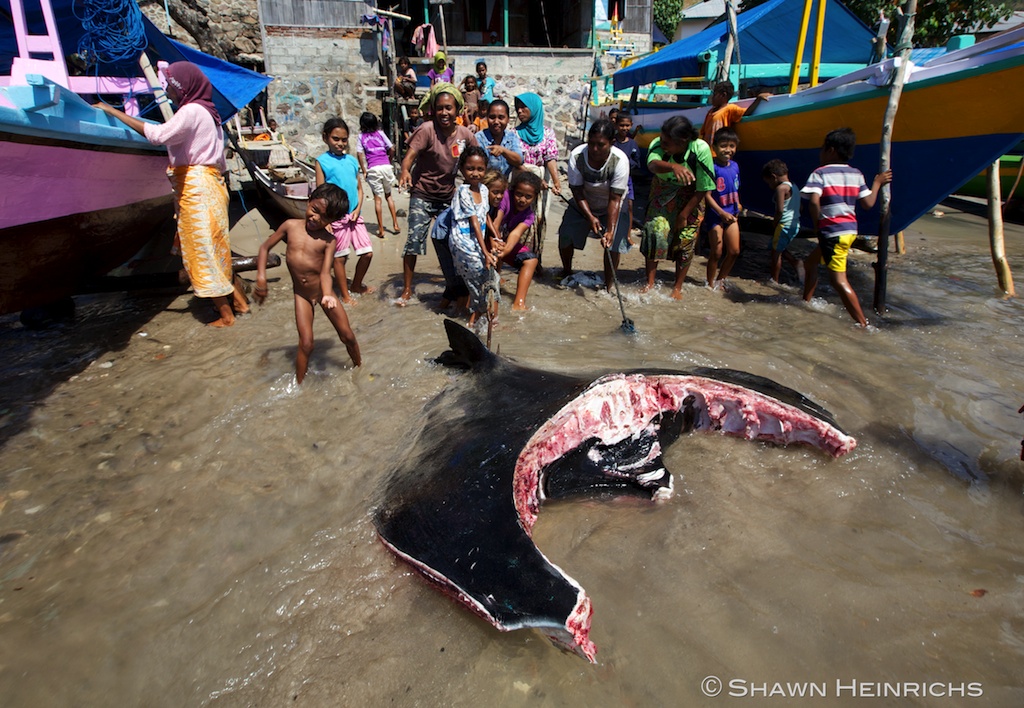
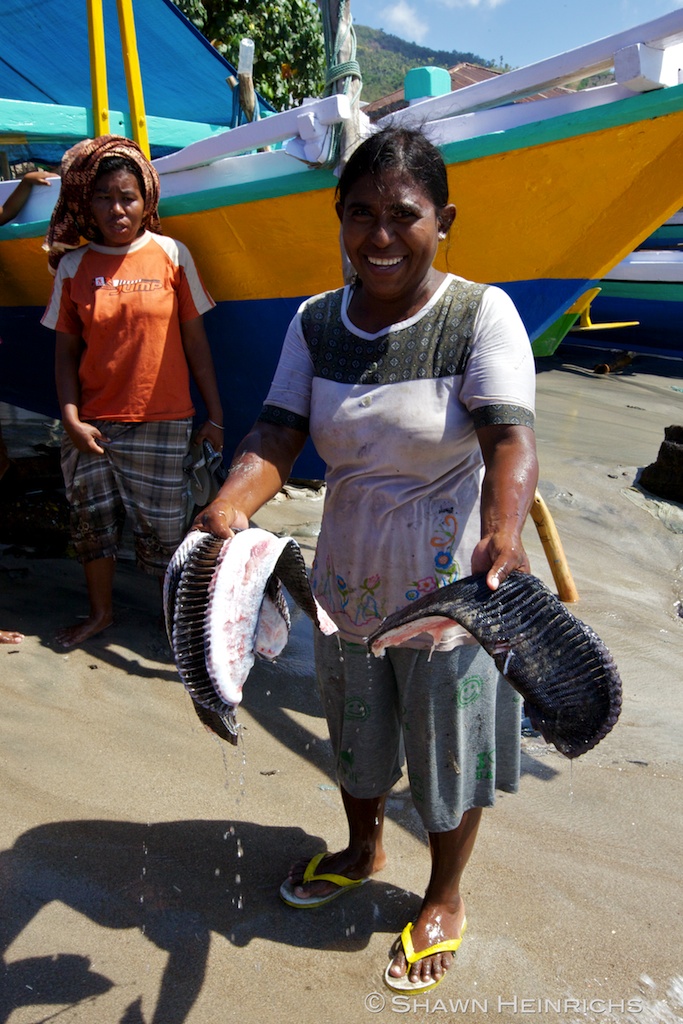
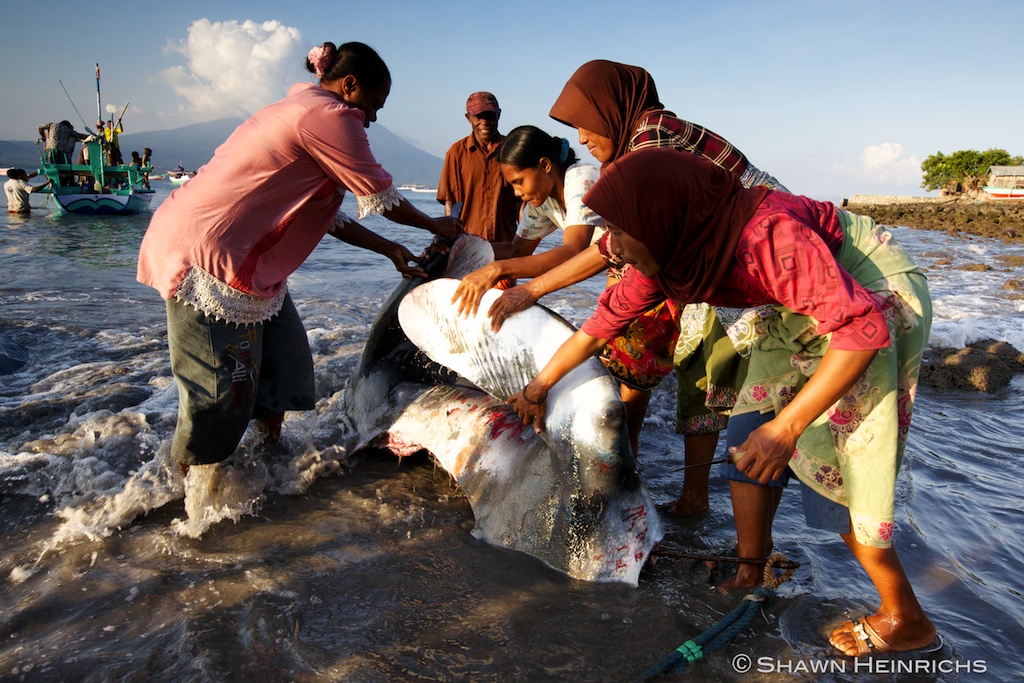
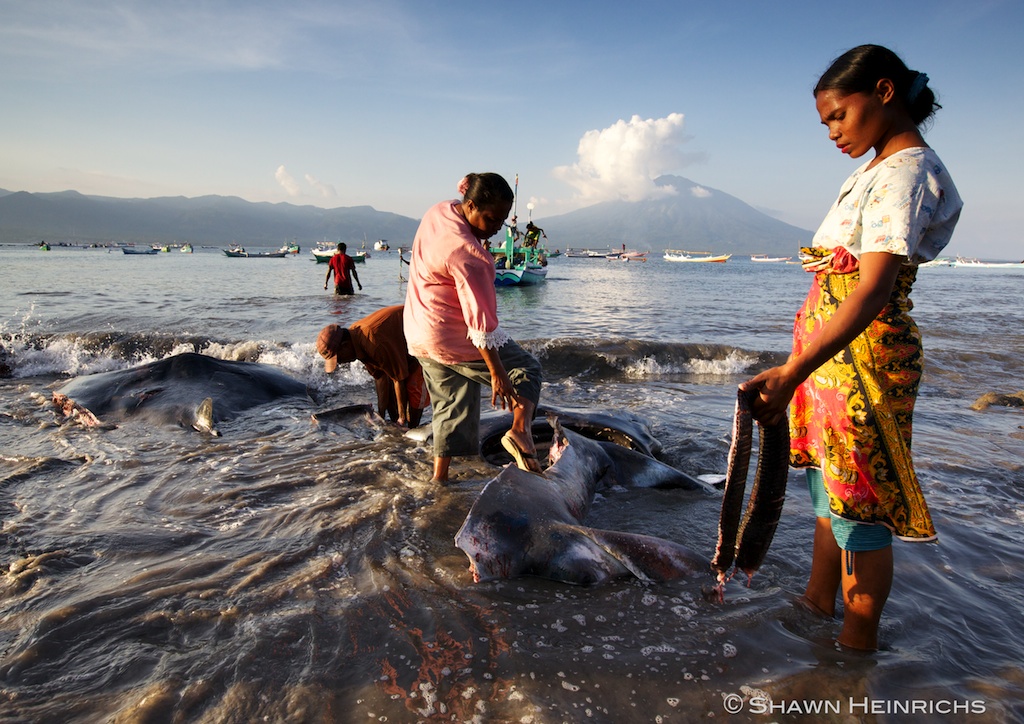
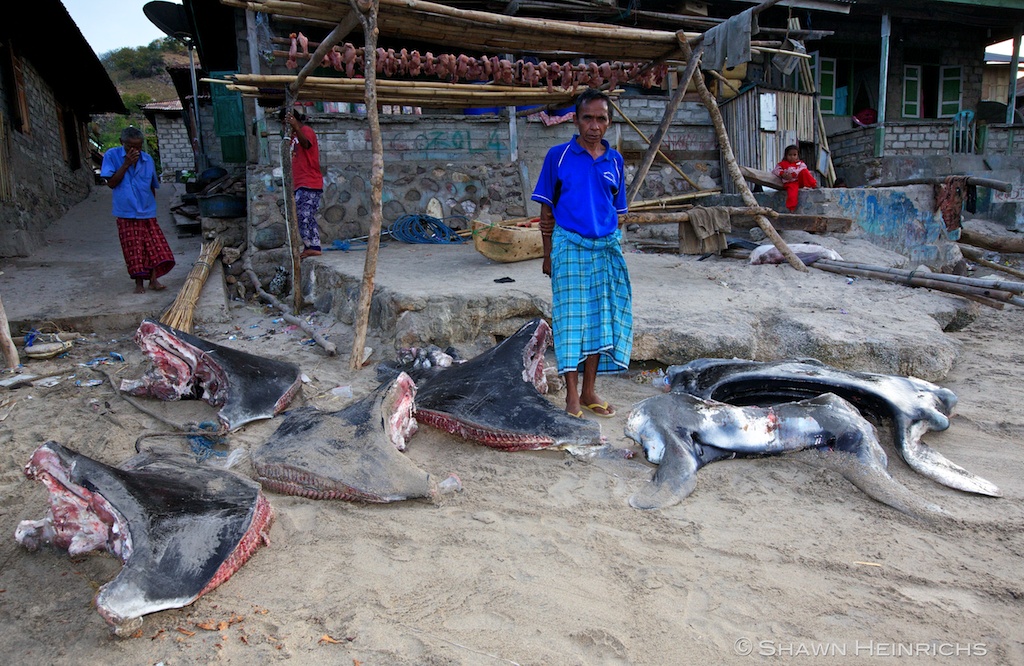
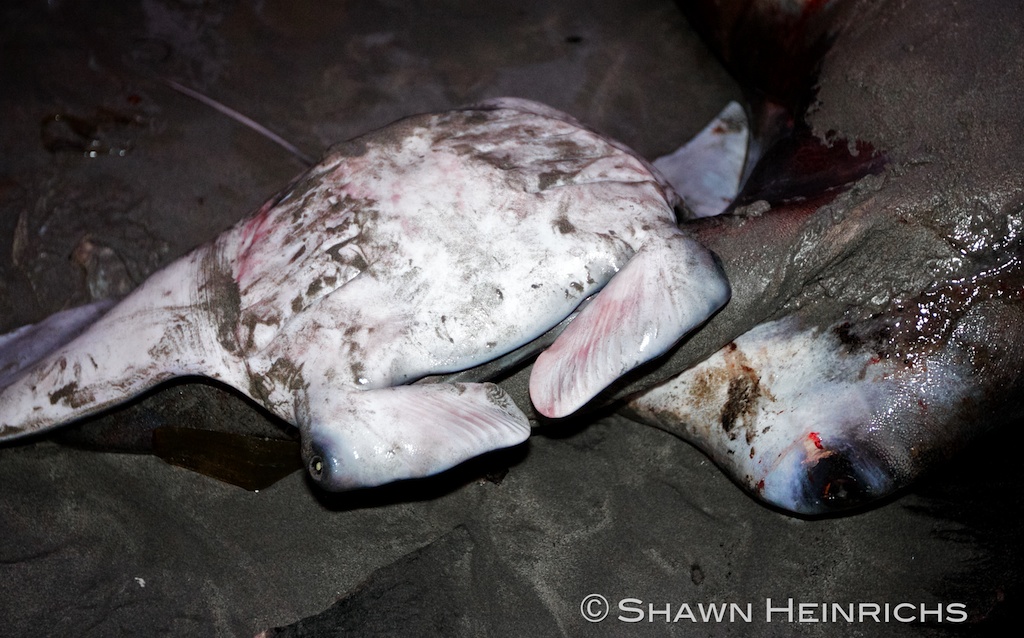
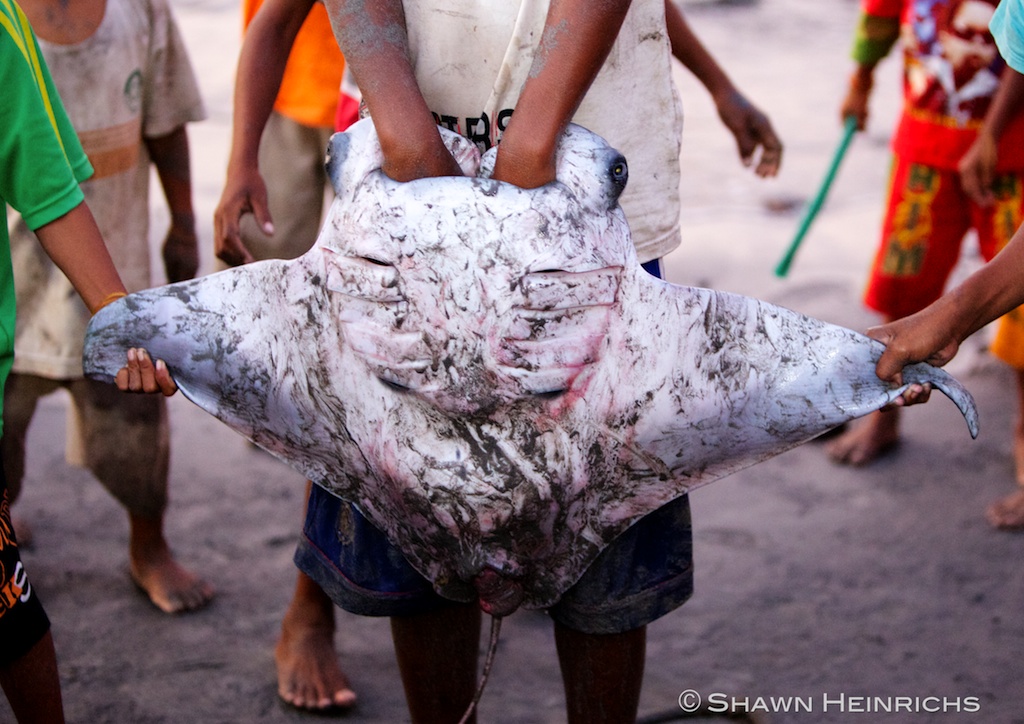
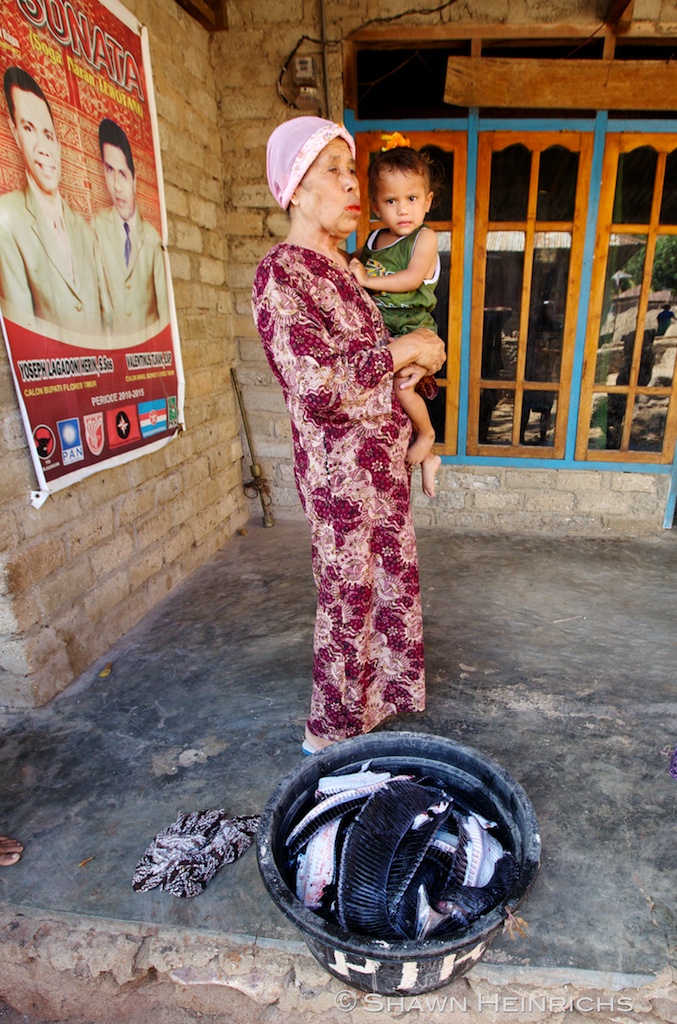
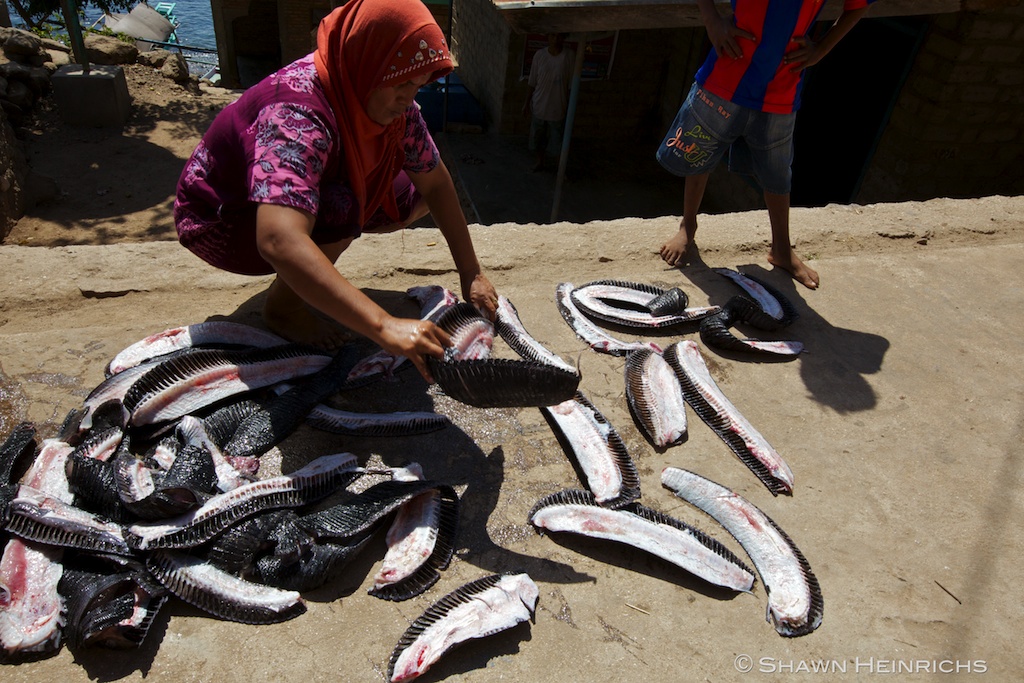
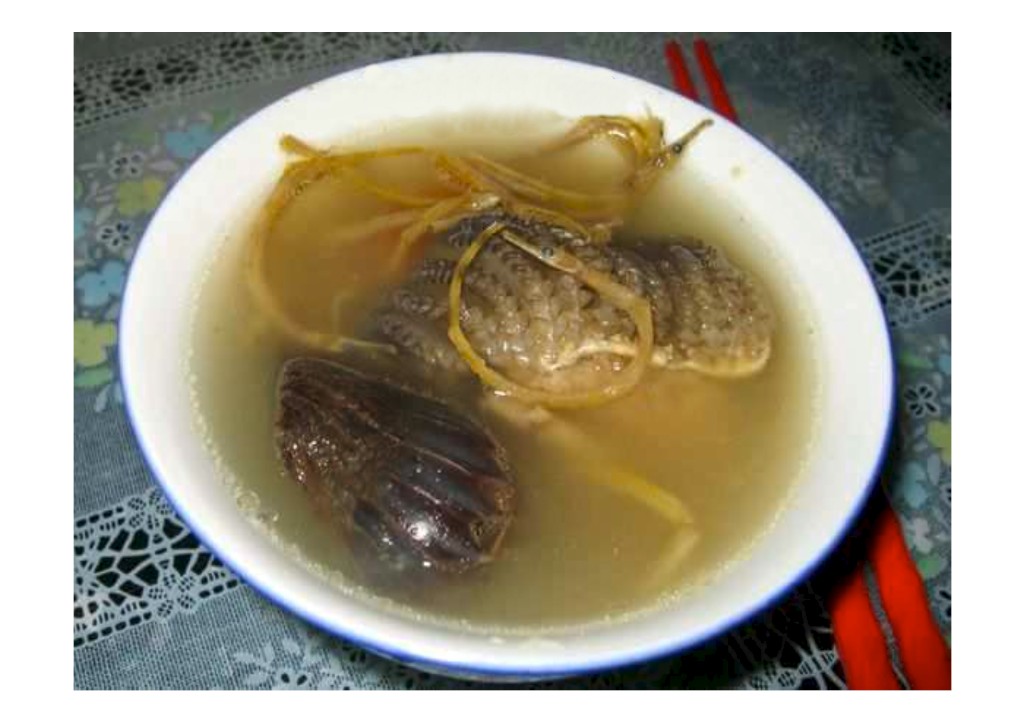
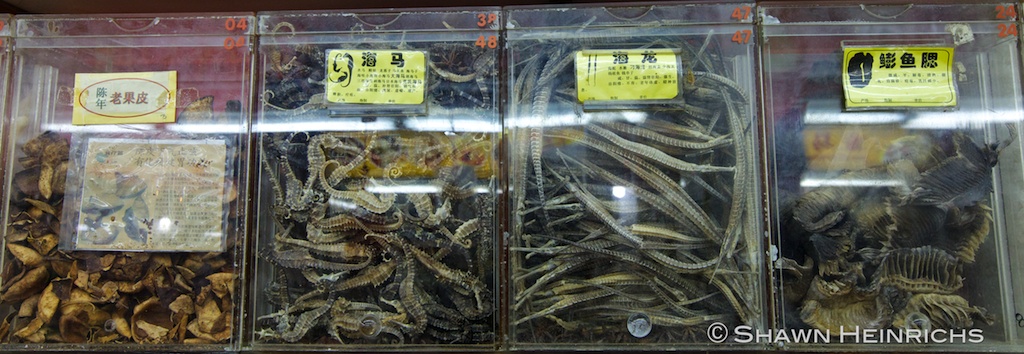
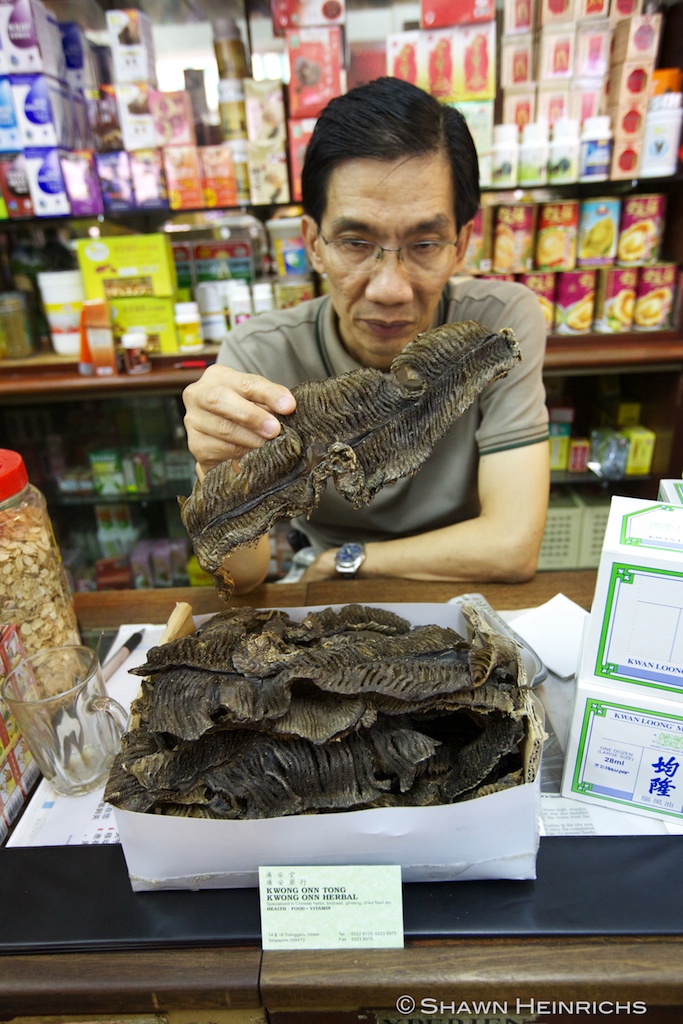
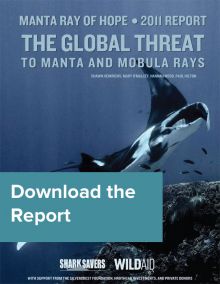
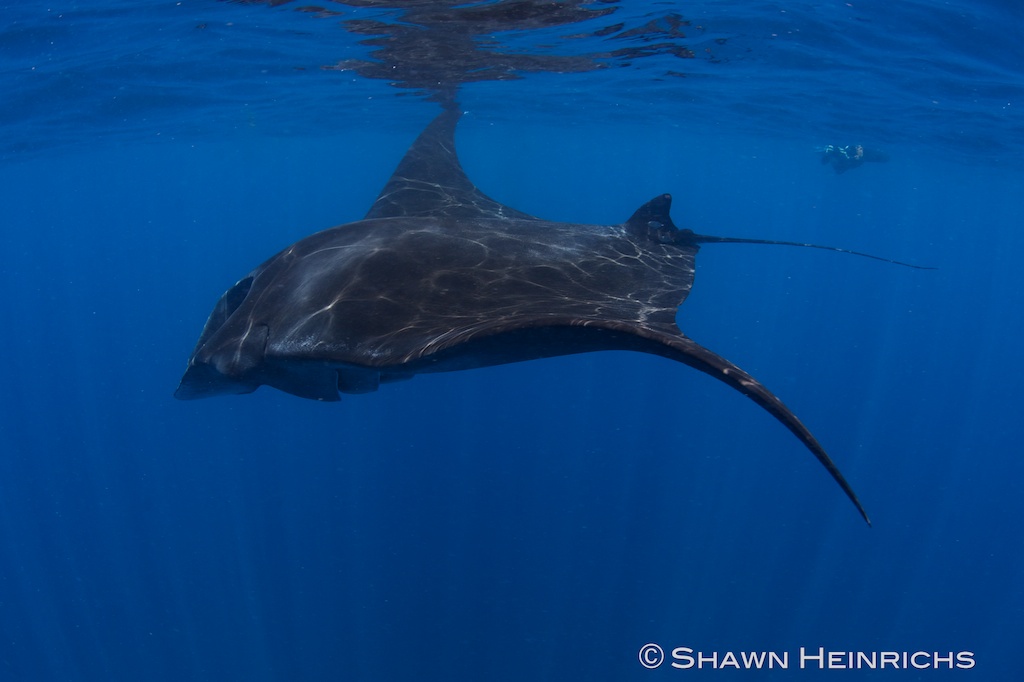
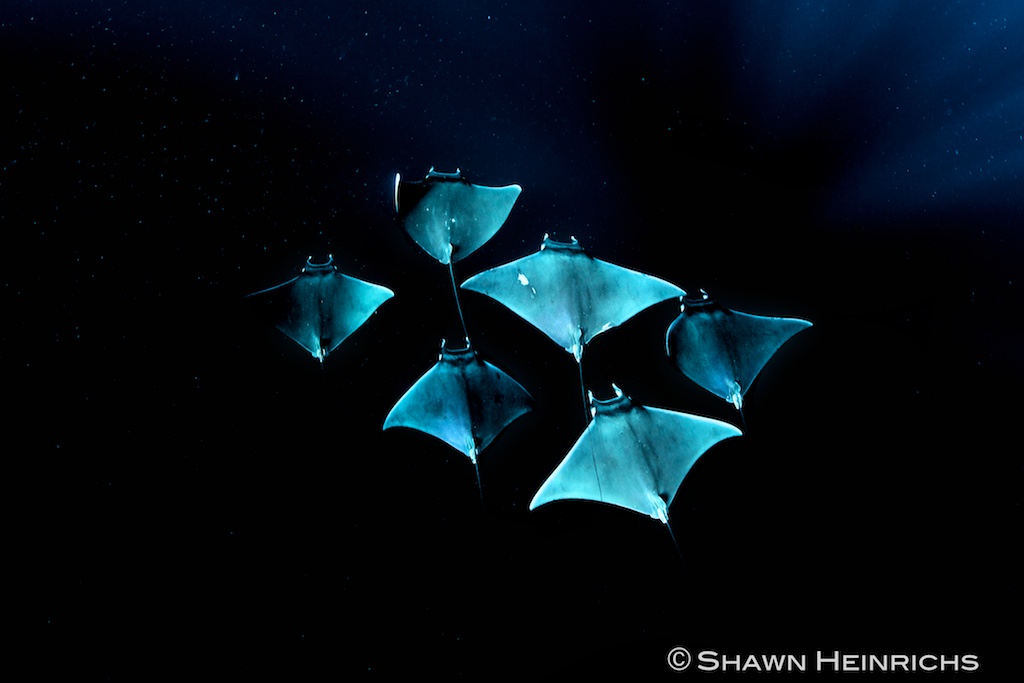
19 Responses to “Manta Rays Under Attack – Will CITES Save the Manta”